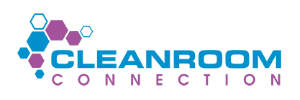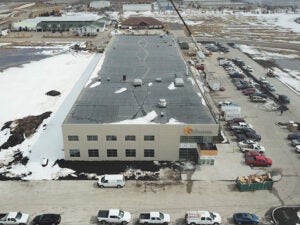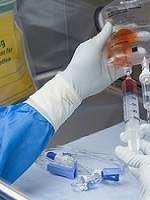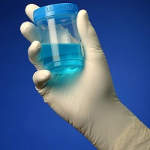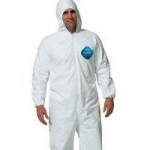Innovative Techniques in Cleanroom Suit Maintenance and Sterilisation Enhance Safety and Compliance Across Industries
Maintaining the integrity of cleanroom environments is critical for industries such as pharmaceuticals, food production, electronics, and laboratories. Effective cleanroom suit maintenance and sterilisation are essential for preventing contamination, ensuring product quality, complying with regulatory standards, protecting worker safety, and extending the lifespan of cleanroom apparel.
Cleanroom suits act as a crucial barrier against contaminants, protecting the environment and its personnel. Improperly maintained suits can introduce millions of particles, microbes, and other contaminants, jeopardising sensitive processes and products. The latest best practices in cleanroom suit maintenance and sterilisation are being implemented across high-stakes industries to address these challenges.
The importance of proper cleaning and sterilisation
Properly cleaning and sterilising cleanroom suits is paramount in preventing contamination that can lead to product recalls, spoilage, and non-compliance with regulatory bodies such as the FDA and ISO standards. This process is vital in maintaining the sterility and integrity of the cleanroom environment, protecting both products and personnel from exposure to harmful substances.
Best practices for cleanroom suit storage
Proper storage of cleanroom apparel is critical in maintaining its integrity and ensuring it remains free from contaminants. Key practices include:
- Dedicated storage areas: Cleanroom suits should be stored in areas specifically designed to maintain cleanliness, with strict controls on dust, moisture, and other contaminants.
- Controlled environment: The storage environment must be controlled for temperature and humidity to prevent material degradation.
- Sealed packaging: Storing garments in sealed, airtight packaging protects them from contaminants and maintains sterility until use.
- Regular inspection: Routine inspection of storage spaces and garments ensures compliance with cleanliness standards and identifies any signs of contamination or wear.
Effective cleaning techniques for cleanroom apparel
Maintaining a contamination-free environment requires a meticulous approach to cleaning cleanroom apparel. Important steps include:
- Inspection before cleaning: Garments are inspected for damages and stains before cleaning to ensure they meet the required standards.
- Segregation of garments: Garments designated for different uses are washed separately to prevent cross-contamination.
- Appropriate water and detergent: The use of deionised or reverse osmosis water, along with non-ionic detergents of neutral pH, helps preserve the quality and effectiveness of cleanroom apparel, significantly extending their life cycle.
Sterilisation methods for cleanroom suits
Sterilisation of cleanroom apparel is essential for eliminating microbial life and ensuring compliance with sterility assurance levels. The most common methods include:
- Steam autoclaving: This method utilises saturated steam under pressure to efficiently sterilise materials that can withstand heat, pressure and moisture.
- Ionising radiation: Using high-energy ionising radiation, Gamma irradiation is the most effective and widely used method for sterilising cleanroom apparel today. It offers a safe and efficient alternative without the drawbacks associated with steam autoclaving or ethylene oxide gas sterilisation.
Commitment to cleanroom safety and performance
Adhering to stringent cleanroom suit maintenance and sterilisation protocols is crucial for the safety, compliance, and efficiency of cleanroom operations. These best practices help safeguard against contamination, ensure regulatory compliance, and protect the integrity of cleanroom environments across various industries.

